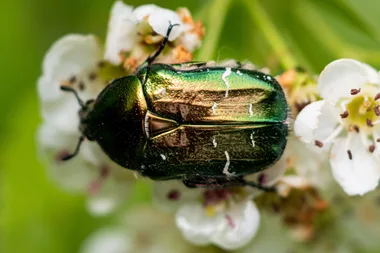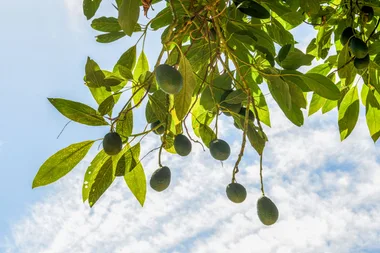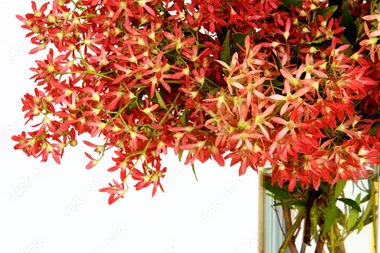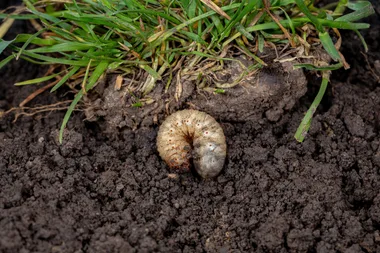Many indoor plants are selected for their beauty and air-purifying qualities, but if you’re after a plant that truly earns its own keep, you can’t go past the Venus flytrap. Venus flytraps (Dionaea muscipula) are carnivorous plants that attract and trap insects.
Native to the subtropical wetlands on the east coast of the United States, Venus flytraps have a reputation for being difficult to care for, but with a few simple tips you’ll be watching with amazement as this unassuming plant lures and captures its prey.
How to grow a Venus flytrap
The key to successfully caring for a Venus flytrap begins with creating the right conditions. The best place to plant them is in an environment with moist, acidic soil, exposed to plenty of sunlight. During winter, indoors is far more suitable – a DIY glass terrarium can provide the perfect environment.
“Give them a sunny spot and keep soil damp by sitting the pot in a saucer that can be filled with water. If you are growing the plants inside, a sunny windowsill is ideal,” recommends Better Homes & Garden’s gardening editor.
“When winter arrives, move indoor potted plants onto a verandah or porch outside – they need a period of dormancy. Lift the pot out of its saucer to allow soil to drain, and only water once a week during this time.”
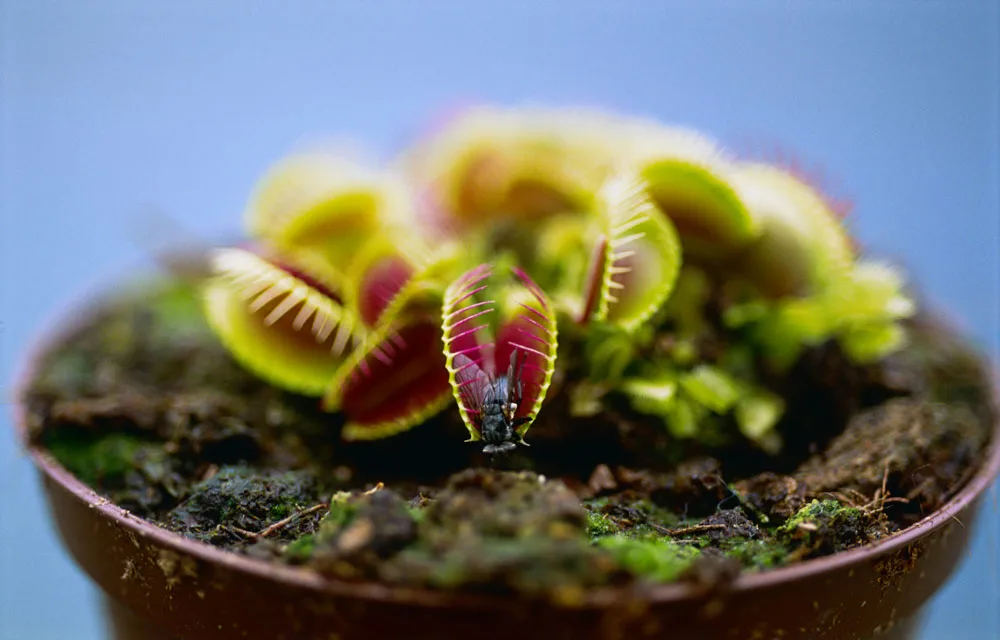
Feeding a Venus flytrap
The best bit about Venus flytraps? Venus flytraps are carnivorous plants which means they can feed themselves. Given they have a mouth of their own, insects are their go-to snack. However, if there aren’t enough flies buzzing around, you can use a high-nitrogen soluble fertiliser. The half-strength solution should be applied to both leaves and soil.
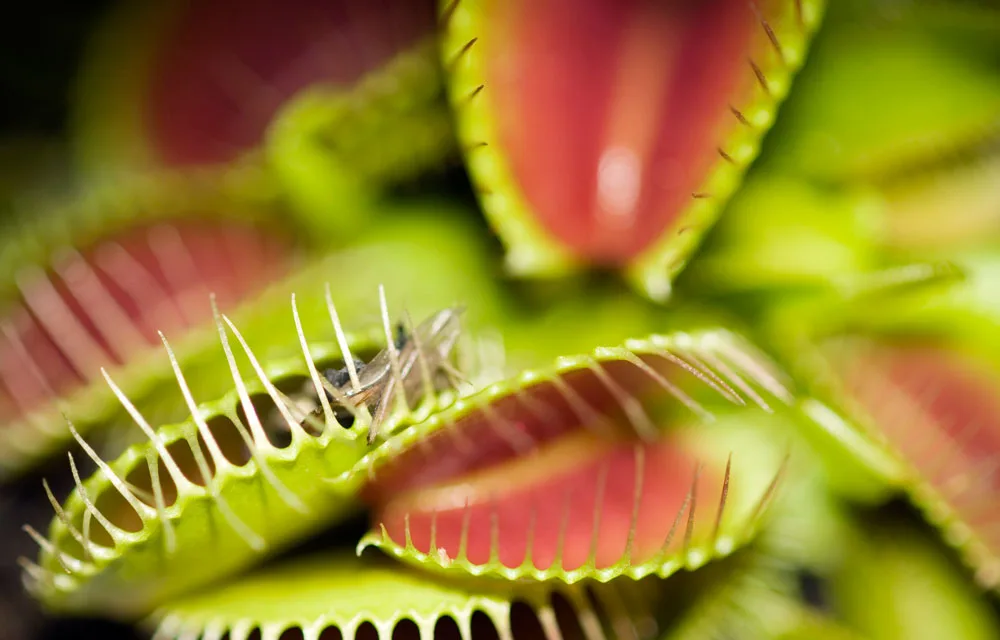
Interesting facts about Venus flytraps
- There is only one species of Venus flytrap: Dionaea muscipula. There are, however, over 20 cultivars that vary slightly in colour and shape. The most common type is Akai Ryu.
- The Venus Fly Trap is native to subtropical wetlands on the East Coast of the United States in North Carolina and South Carolina. However, they are readily available in Australia, and can even be found at Bunnings.
-
Although Venus flytraps are widely available to purchase as indoor plants, they are actually an endangered species in their native habitat.
-
Venus flytraps evolved to withstand soil that is low in nutrients. The plant eats insects like spiders and flies in order to gain nutrients not found in the soil.
You might also like:
How to grow dragon fruit at home
This stylish side table doubles as a terrarium
5 reasons why your terrarium is dying
 Getty
Getty
